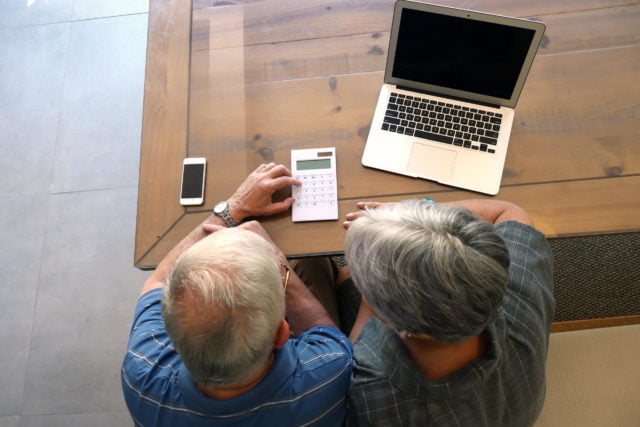
Understanding Expenditure Patterns in Retirement
Abstract
Understanding the consumption needs of retirees is critical to assessing the adequacy of retirement income and the possible impact of Social Security reform on the well-being of older Americans. This study uses data from the Health and Retirement Study, including a recent supplemental expenditure survey, to analyze spending patterns and consumption needs for adults ages 65 and older. Results indicate that typical older married adults spend 84 percent of after-tax household income, and nonmarried adults spend 92 percent of after-tax income. Even at older ages individuals devote a larger share of their expenditures and income to housing than any other category of goods and services, including health care. Fully 8 percent of married adults report after-tax incomes that fall short of our estimated basic-needs threshold, consisting of housing, health care, food, and clothing. By comparison, only 3 percent of married adults have incomes below the official poverty level.







